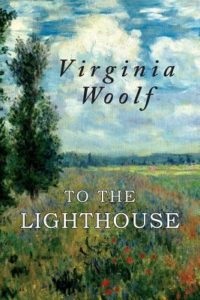

She begins with physical description and setting before homing in on the details that illuminate a deeper meaning. Ramsay’s dinner scene as if looking at a painting. Ramsay’s art that allows Lily to complete her own, while providing a glimmer of hope for its permanence. Ramsay’s is best considered to be the art of connection, and ultimately it is Mrs. While Lily’s art can be described as the art of representation, Mrs. Focusing on her dinner party as her major artistic endeavor reveals several parallels to Lily’s artistic work, ranging from descriptions to demises.

There is, however, another significant artist in the story: Mrs. It is by the thoughts and from the viewpoint of this private artist that we find the majority of the story narrated. In fact, she actively monitors her surroundings to prevent such an occurrence: “she kept a feeler on her surroundings lest some one should creep up, and suddenly she should find her picture looked at” (p. Interestingly though, Lily is not eager for others to view her work. Everything in her world, it seems, is anchored to her artwork. The other labeled artist is Lily Briscoe, who spends nearly the entire book either painting or thinking about her painting.

Beyond that we know little about him save the few thoughts by other characters about him. We are told that his work meets with success after the war: “He was growing old.he was growing famous” (Woolf, 1927/2005, p. One artist is Augustus Carmichael, the poet who spends his days reclining on the lawn. Virginia Woolf’s To the Lighthouse is a novel of artists and within its pages appear two characters who are clearly labeled as such.


 0 kommentar(er)
0 kommentar(er)
